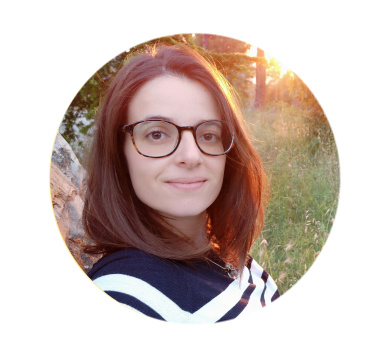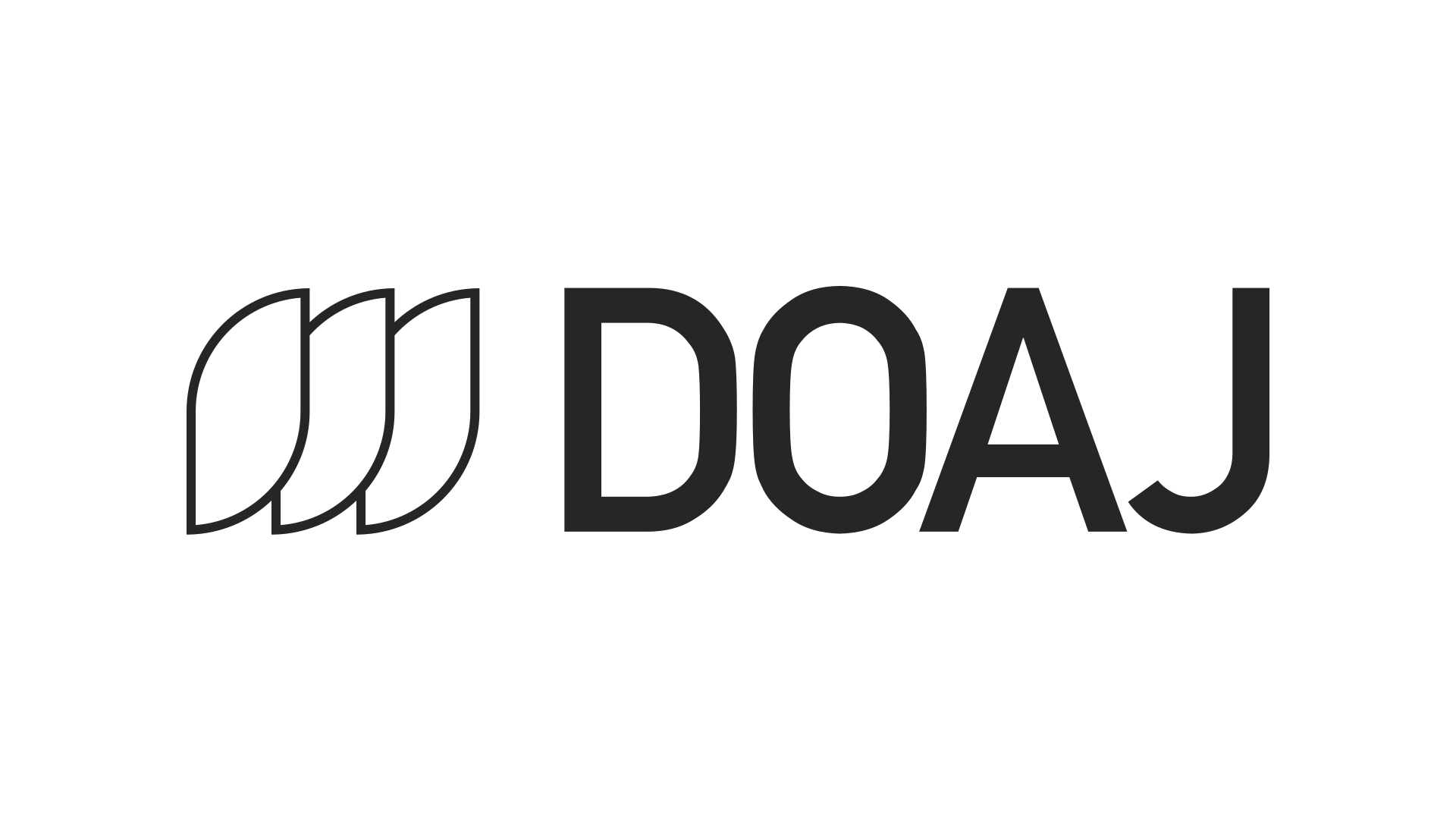You might have wondered how many people are behind the scenes at DOAJ and what they do. This blog post series will offer our community an opportunity to meet several of our team members and learn more about their roles and responsibilities. In this blog post, we will meet Clara Armengou, Programme Manager.
Hello Clara! Tell us a little about your background before joining DOAJ!
Before I started working for DOAJ, I worked at Cambridge University Press (CUP). I had a few different roles there, starting at a very junior level and then in 2012 I got more and more interested in open access. There was a position created at CUP, Open Access Coordinator, which I applied for and got. At this point, there were uncertainties around what open access would mean and look like for the industry. I wanted to advocate for open access within the organisation. When my partner and I moved to Barcelona, I saw a position at DOAJ, which aligned a lot more with my values.

Since starting at DOAJ in 2016, I’ve had several different roles within community management, helpdesk and other projects. My current position is Programme Manager, which means I manage and co-ordinate the work of two European projects and make sure all the things we have committed to are delivered. This means that in general, I am the person who completes the tasks delegated to DOAJ in these projects, though I also ask for help or input from other team members, for example if there are tasks linked to our editorial processes. For some of the more strategic tasks, I will consult with DOAJ’s Executive team, Joanna Ball (Managing Director), Matt Hodgkinson (Head of Editorial) and Dom Mitchell (Platform Manager).
What current programmes and projects are DOAJ involved in that you’re a part of?
DOAJ is a part of DIAMAS, CRAFT-OA and ALMASI. DIAMAS and CRAFT-OA seek to empower institutional publishers to upscale, professionalise, and achieve stronger interoperability with other scientific information systems. This initiative is expected to benefit researchers, editors, and the broader academic community involved in publishing.
ALMASI is funded by the European Commission, and builds and expands on the DIAMAS project to include Latin America and Africa. It will take some of the findings from the European research area and see what the other regions need.
Why is it important for DOAJ to be a part of these projects?
I think these initiatives really have strengthened the landscape of Diamond open access, which is part of our mission. Both DIAMAS and CRAFT-OA empower DOAJ to further its mission of promoting equitable access to research. It’s also really important for us to have a say in the work, given we’re a global organisation that has been in this landscape for over 20 years. Even though we have a big presence in the community, we still need to work on being heard and showing how we continue to adapt and develop our mission. It’s not only to continue our agenda, but in a way to ensure all the various voices are being represented to ensure diversity and inclusion when the projects develop.
We also learn a lot from other initiatives, institutions and users through these projects. This helps us to see what we can do better to support our community. A lot of the current projects are European focused, which in some ways limit the diversity. However, there are a lot of differences within Europe too in terms of resources, and a huge difference between a big institutional publisher in the UK versus a small institutional publisher in Croatia or Portugal, for example. There are all kinds of differences in terms of funding, national policy, organisation, traditions and business models to name a few things. So, even when we’re just looking at the European research area, there are so many variations from country to country. It’s been really good to understand the real background of academics and research culture that some of our journals represent.
What does an average week look like for you?
When working with European projects, you’re focused on several tasks within a work package you’re a part of or leading. There are a lot of meetings each week, and progress updates in relation to the tasks everyone is working on. Some days are focused on writing, some days have more meetings. I also have the general DOAJ meetings and smaller projects I am involved with as a DOAJ team member.
What do you find challenging about your role?
With the projects I have certain tasks and deliverables I am leading on, but I always have to pay a lot of attention to everything developed in each of these projects, because I serve as a bridge between DOAJ and these projects. It can be a bit challenging to get every single detail of all the other work packages, but it is important as I need to ensure that the work aligns with DOAJ’s mission and core values. I need to make sure the right people know the right things at the right time!
Another thing I find challenging is that it is easy to feel isolated from the rest of the organisation, as the work is so specific and I am both the coordinator and the person who does the tasks on behalf of DOAJ because we are a small organisation. There’s not a dedicated ‘project team’. The meetings I am involved with due to being a part of the DOAJ team are really good to help with feeling isolated though, and I also am involved with smaller projects within DOAJ from time to time.
What do you like most about your role?
These projects bring together a very diverse group – project managers, publishers, researchers, IT professionals, policy experts, linguists – experts from all kinds of fields. Personally, it enhances my professional network. Organisationally, it increases DOAJ’s exposure to these different perspectives. I definitely like that aspect of the role.
What are your personal views on Open Access?
Open access presents a vital shift in the way knowledge is shared globally. Publicly funded research should be accessible, allowing anyone to benefit from scientific advantages and advancements. The growth of open access is encouraging, though there are a lot of challenges. Particularly in relation to maintaining quality and the heavy reliance on the APC model. The focus on APCs excludes a lot of researchers and institutions from lower income countries. I think we need to focus more on supporting other models, like Diamond open access. Open access should serve to bridge gaps in knowledge, not to widen them.

To whomsoever is dealing with these issues at DOAJ: Pardon me if some of what I ask sounds meaningless or already answered.
This is a general question-cum-comment. (1) What percent share of the world’s reesearch is alraedy available as OA? (2) What percent share of world’s CURRENT research is appearing as born OA? (3) Are these percent shares increasing, and if so at what rate? Years ago, Eric Archambault assessed that OA had crossed the tipping point, meaning it is just above 50%.
My second question: How different are the collections (of articles) of DOAJ, BASE-Bielefeld, Zenodo-CERN and HAL-CNRS? Will it help if we combine them all and also add the open textbooks and OER courseware and place them all in mirror repositories in different continents (following the LOCKSS principle).
Subbiah Arunachalam
OA enthusiast, Chennai. India
subbiah.arunachalam@gmail.com
Hello Subbiah, Thank you so much for your comments and detailed questions! Our Head of Editorial, Matt, will be in touch with you via email so we can dig into these a bit further with you. Kat